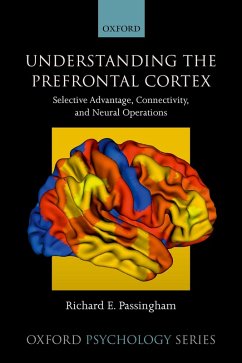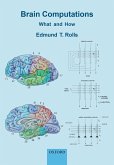A successor to the acclaimed 'Neurobiology of the Prefrontal Cortex', 'Understanding the Prefrontal Cortex' presents a careful study of the anatomical connections in this brain region, showing how each area and subarea of the brain has a unique pattern of connections, and exploring the transformation that this area performs - from its inputs to it outputs. The book starts with two chapters of foundational material, before considering five subdivisions of the prefrontal cortex, and looking at the transformation that each one performs. Next it considers how the prefrontal cortex interacts with the rest of the brain, including not only cortical areas but also subcortical areas such as the basal ganglia and cerebellum. The book ends with a final section in which these principles are applied to the human brain. It starts by discussing the expansion of the prefrontal cortex during human evolution. It then considers how the human brain has co-opted mechanisms that existed in our primate ancestors, and by providing new inputs had extended them so as to support reasoning, remembering events from the distant past and imagining events in the distant future, the sense of self, language, the ability to understand the mental states of others, and the ability to cooperate and learn social and moral rules. Written by a leading brain scientist, the book will be an important and influential contribution to the neuroscience literature.
Dieser Download kann aus rechtlichen Gründen nur mit Rechnungsadresse in A, B, BG, CY, CZ, D, DK, EW, E, FIN, F, GR, HR, H, IRL, I, LT, L, LR, M, NL, PL, P, R, S, SLO, SK ausgeliefert werden.









